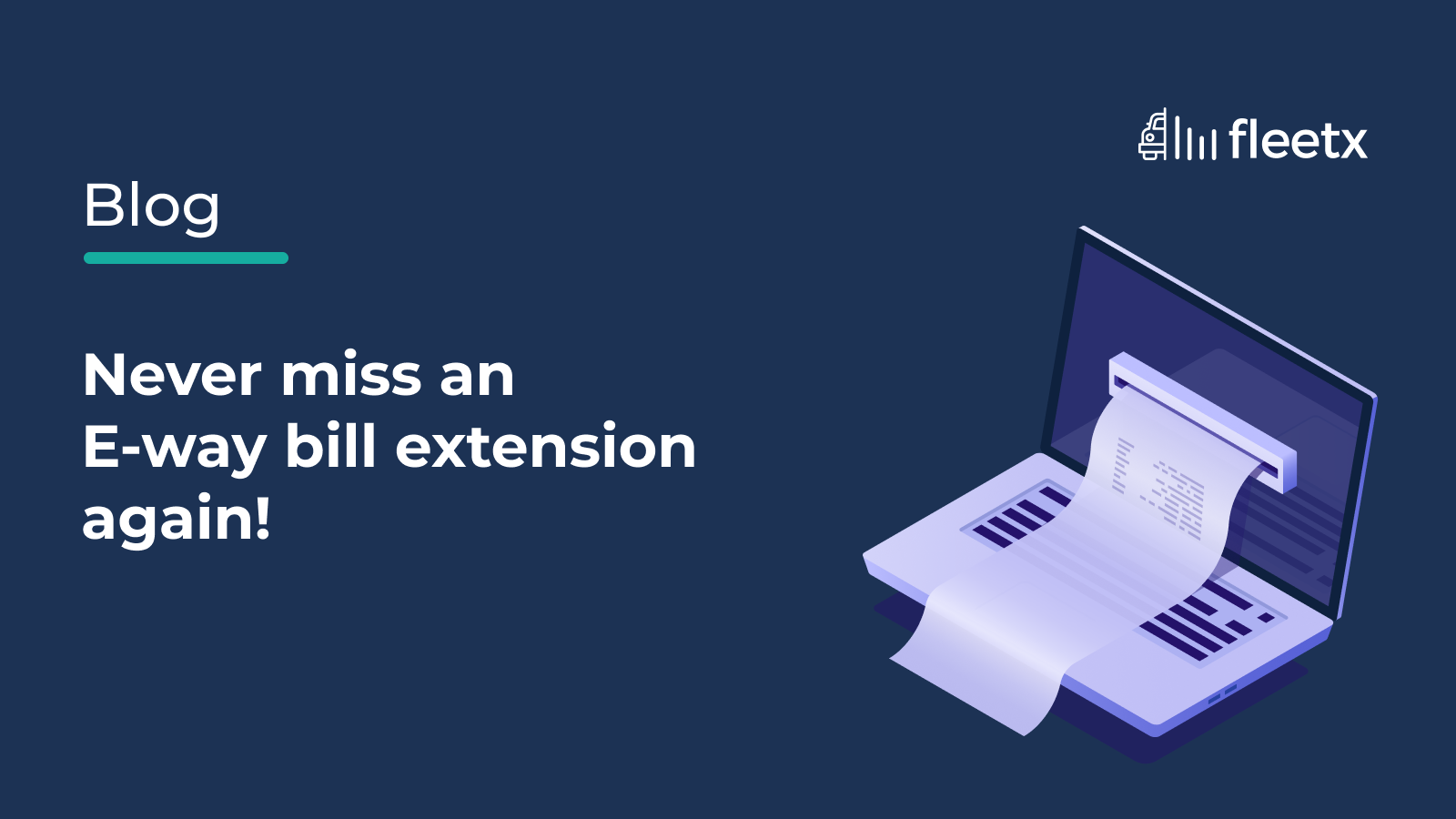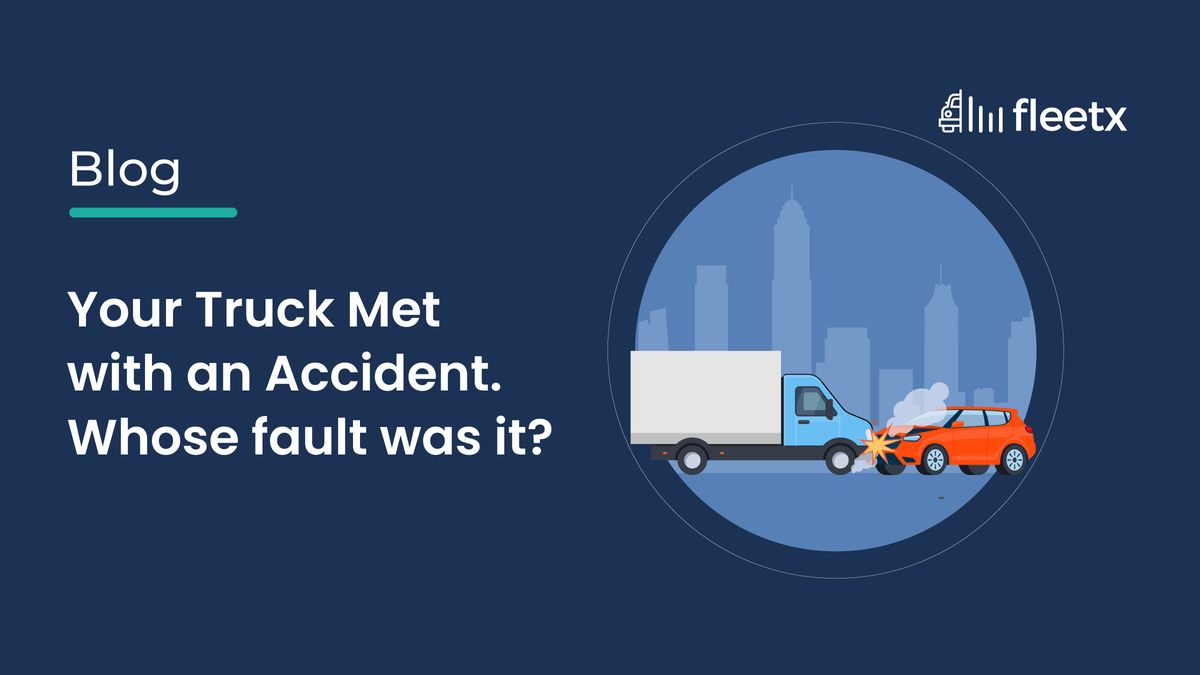
Despite the challenges, urban India seems to be in love with the Mobility-as-a-Service (MaaS) platforms. There has been a rapid and noticeable shift in the way we commute and companies like OLA, Uber, and Rapido, along with others in the sector, are cashing in on it.
But, here’s the catch!
The next big challenge for these companies is not scaling up their startups, rather it is the growing concerns in logistics and passenger transits. With Bengaluru ranking 6th, Pune 7th, and Delhi securing the 44th spot in TomTom’s 2023 Traffic Index, it is evident that Indian roads need innovation. Consequently, it is hard to ignore that congestion on roads is affecting the estimated arrival times (ETAs) of logistics companies, or in the true sense, the bottom line of these companies.
This article explores the impact and developments on ETAs, route optimization, and the innovation needed to address these challenges effectively.
Heavy-duty vehicles: A growing challenge to MaaS platforms
When it comes to traffic congestion, heavy-duty vehicles can't go unnoticed. These vehicles occupy a larger road space and are bound by strict timelines, making them a significant part of traffic dynamics.
However, poor traffic conditions or delays have visibly started affecting the time-bound logistics industry. Delays, irrespective of cause, can lead to missed deadlines, increased costs, and dissatisfied customers and this is where the accuracy of ETA stands out as a critical metric to gauge the efficiency of logistics operations.
Evaluating MaaS platforms: Are there better days ahead?
Undoubtedly, MaaS platforms play a very critical role in urban mobility. These platforms offer convenience and flexible transportation options, making them a go-to platform. However, the growing fleet sizes of operators have started impacting the existing traffic, peak hours or not. Even though passenger vehicles allow us to never own a vehicle anymore, MaaS platforms add another layer of complexity to route planning and ETA prediction.
Here’s how:
The integration of multiple modes of transportation (cars, public transport, etc) into a single platform has led to ineffective ETA predictions. Today, factors such as varying speeds, route options, and traffic congestion play a major role in deciding the right predictions, highlighting the growing importance of data from unconventional sources. The bottom line, as we keep on adding more technologies to collect more data, the prediction abilities increase substantially, hinting at better days ahead.
The need for advanced technologies
Advanced technologies are no longer an option but a need of the hour. With technologies such as real-time traffic monitoring systems, route optimization, the introduction of electric vehicles, and vehicles with integrated MaaS platforms, one can only speculate how fast these technologies have become mainstream.
The same goes for commercial vehicles.
Here’s how:
- Real-time traffic monitoring: Traditional traffic monitoring systems primarily relied on historical data, which are today concluded misleading. These systems miss real-time factors like accidents, roadworks, or unexpected traffic surges. However, as more data parameters were incorporated, real-time traffic monitoring systems improved significantly. These advanced systems utilize data from various sources, including GPS devices, traffic cameras, and IoT sensors, among others, to provide more accurate and timely traffic information.
- Analytics-driven route optimization: It's 2024 and you cannot ignore advanced algorithms in your product. Using analytics, companies can now not only distinguish but also optimize routes for both passengers and freight vehicles. These algorithms achieve this feat by analyzing real-time traffic data, weather conditions, and historical patterns. Heavy-duty vehicles are often route-bound and have stricter requirements and with analytics-driven route optimization in the picture, vehicles can avoid congested areas and reduce travel time substantially.
The algorithms, today, have much more evolved than in the past. They can now assist in dynamic ETA adjustments, enabling fleet owners, and customers to have real-time updates on expected arrival times. Technological advances happen to have a profound impact on the logistics industry where precise timing impacts inventory management, facilitates supply chain coordination, and establishes customer satisfaction.
Integrated MaaS platforms: Ever thought of having a genie for your freight business, that warns you of the peak traffic time, and routes, and helps you with better ETAs? Well, integrating MaaS data with your existing systems can just do that!
By sharing data on vehicle locations, passenger demands, and traffic conditions, MaaS platforms can contribute to a more holistic view of the transportation ecosystem. The following integration enables better coordination between different modes of transport, optimizing the flow of traffic and reducing delays.
Conclusion
Despite policies, traffic congestion remains a leading problem for the logistics industry. Delays ranging from a couple of minutes to hours can cost opportunities and under such conditions, FleetX.io has proved to be a solution. By leveraging FleetX, the logistics industry can navigate the complexities of traffic congestion and dynamic transportation patterns. Accurate ETAs not only enhance operational efficiency but also improve customer satisfaction and trust.


